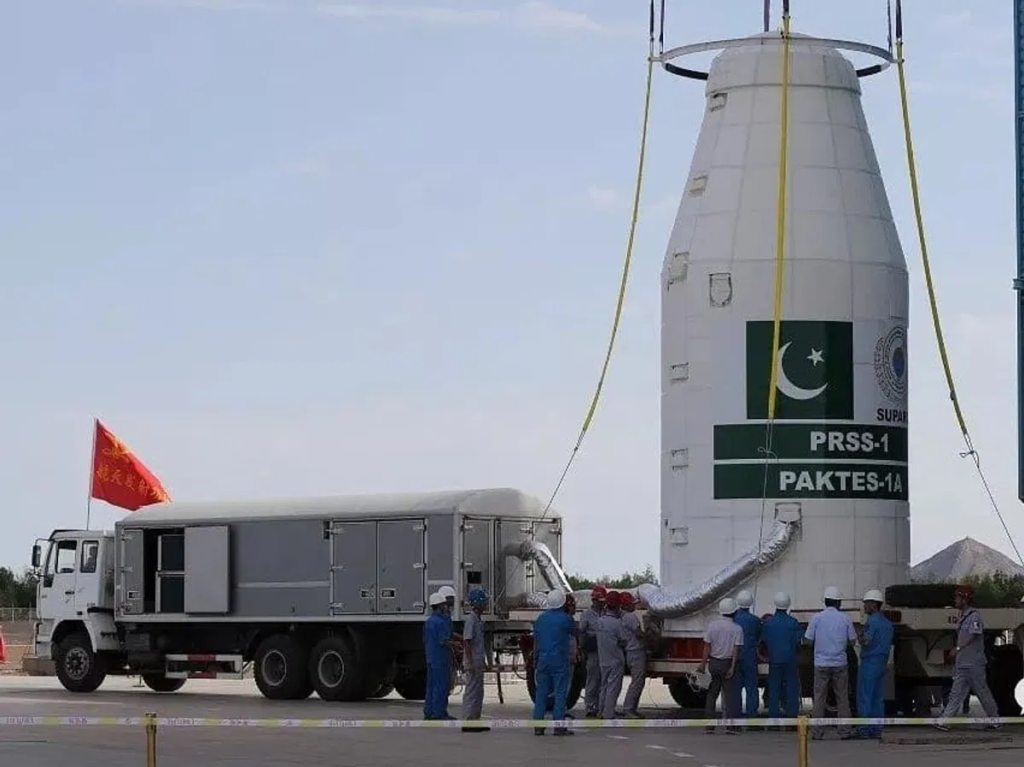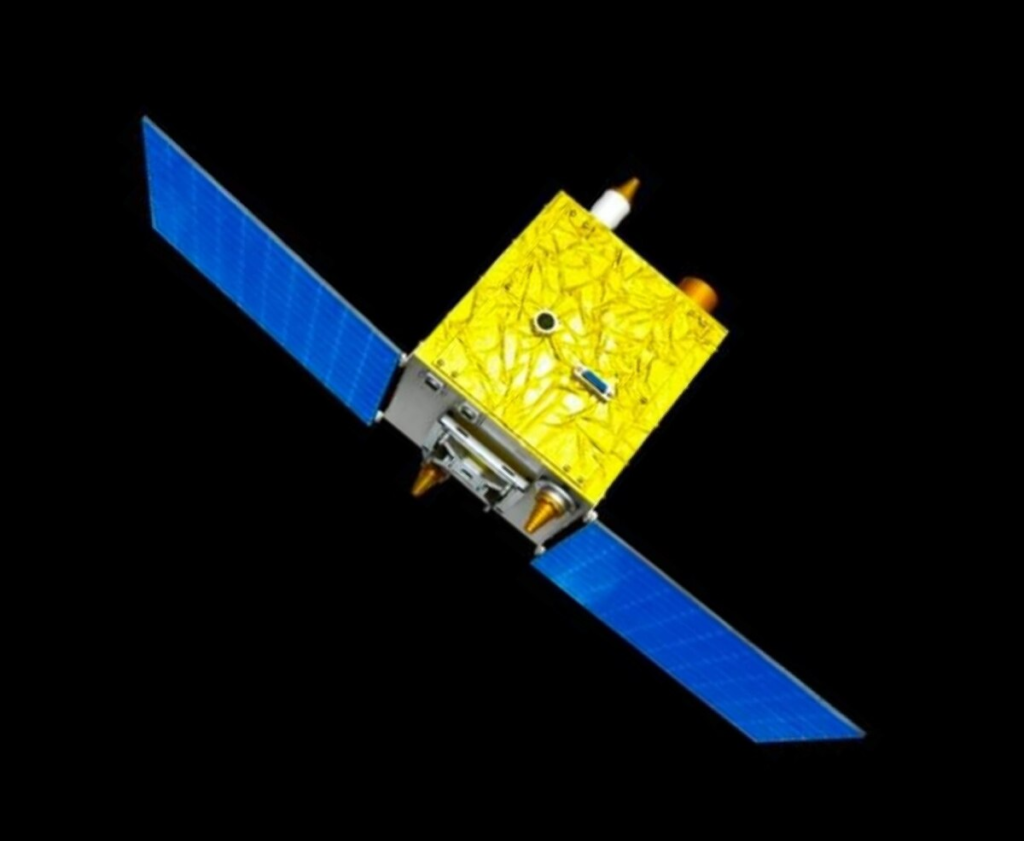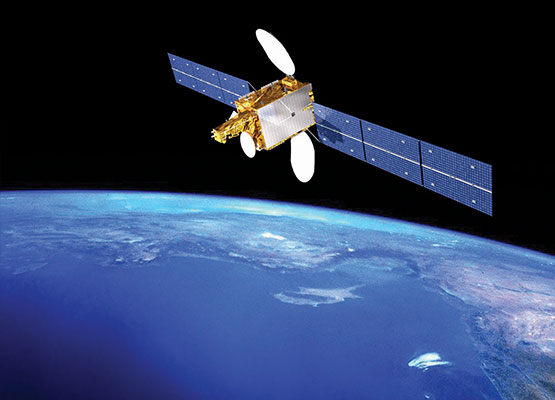Diplomacy has deep roots in history as it is one of the oldest methods of sustaining exquisite relations among nations based on their interests in trade, information, and security education. According to the National Museum of American Diplomacy, it is an art and practice of building and maintaining relationships and conducting negotiations with people using tact and mutual respect2.
It first commenced in Mesopotamia, now Iraq, in 2850 B.C.E between leaders of Iraq and Canaan1. The United Nations stresses bilateral cooperation among countries to sort out their issues so that conflicts in the world are reduced, as before diplomacy, the planet was no less than a theatre of wars.
SCIENCE DIPLOMACY
The concept of Science Diplomacy was minted in a meeting held in 2009 at Wilton House, United Kingdom, organized by the Royal Society London & American Association for the Advancement of Science (AAAS). However, countries started working to correlate with the help of science informally after World War II.
After the Second World War, countries actively engaged in Science Diplomacy to enhance international Collaboration. Two organizations that emerged due to these efforts include the United Nations Educational, Scientific and Cultural Organization (UNESCO), founded in 1945, and the International Atomic Energy Agency (IAEA), founded in 1957.
Another significant project that emerged was the International Space Station (ISS), which collaborated with collaboration agencies in the U.S., Russia, Japan, the European Union, and Canada.
Among the matters conferred in diplomacy, Science and Technology are essential; as science progresses at an indispensable speed; extended innovations happen to be seen with every passing day. While observing all these happenings, diplomacy attempted to evolve itself by including observations on Scientific problems and discussions.
The experts and advisors develop a clan of aces from all across the world to resolve scientific issues and assist developing nations in joining the technology race following the footprints of developed countries.
European Union (EU) has already set a remarkable example of the manifestation of the concept of Science Diplomacy. In Europe, several institutions were established after the commencement of Science diplomacy, like The European Organization for Nuclear Research (CERN), the European Commission’s Joint Research Centre (JRC), the Abdus Salam International Centre for Theoretical Physics (ICTP), and the International Institute for Applied Systems Analysis (IIASA).
In recent examples, the International Thermonuclear Experimental Reactor (ITER) being assembled in France and the Synthrotron-Light for Experimental Science and Application in the Middle East (SESAME) being funded by the EU are some prominent examples4.
The American Association For The Advancement Of Science (AAAS) also aims to bridge nations based on their scientific cooperation, elevate the science level, address global scientific problems & find solutions. Explicitly, the world has been growing in levels of science diplomacy each day.
Pakistan’s Science Diplomacy
Pakistan has long been working to fit Science into its Diplomatic initiatives. In 2016, the United States, New Zealand, the United Kingdom, and Japan joined together to formalize a Foreign Ministries Science and Technology Advisors Network aimed at elevating S&T inputs for diplomacy as Pakistan launched its SDI (Pakistan Science Diplomacy Initiative) in 2018.

Pakistan’s Science Diplomacy Initiative is a collaborative effort between the Ministry of Foreign Affairs (MoFA), the Pakistan Academy of Sciences (PAS), and the OIC Ministerial Standing Committee on Scientific and Technological Cooperation (COMSTECH) to facilitate successful international scientific collaborations.
Despite making excellent progress, Pakistan still needs efforts to put in to equalize its potential to the rest of the world. Pakistan lacks Science Policy and diplomatic initiatives in it. Here are the reasons and instances that show how uninspiring Pakistan is when it comes to its science policy.
Major Economic Upheavals
Pakistan is allocating only 0.0552 percent of its total budget to Science and Technology, which is PKR 8000 million for a total of PKR14.485 trillion5. Meanwhile, India spends 0.36 percent of the total budget, Korea 4.8 percent of its GDP, the United States 3.45 percent, and China 2.4 percent of its GDP6.
Pakistan has been facing challenges on Economic grounds that have restricted it from spending more on R&D in S&T. The country has been entangled in gnawing debts that fade its fate to see its prosperity in science-based relationships.
Science in the Ministry of Foreign Affairs has a very minuscule portion to discuss on International platforms since MoFA is spending its majority of interests and priorities on stabilizing the economy.
Political Instability
Ever since its Independece, one major obstacle that impedes Pakistan from progress is Political Instability. Every new government tried to shift science policy according to their own agendas. This led to inconsistent science policies that dissembled Pakistan on Science Forums in research and development.
It also undermined Pakistan’s credibility as a reliable partner in science collaboration. Inconsistent Policies have been making International Partners reluctant to initiate joint research programmes with Pakistan’s Science experts and minds.
The solution to this problem is as simple as a problem—Politicians and experts must ensure the completion of ongoing projects in collaboration with International partners so that the confidence of international forums and communities in making treaties with Pakistan is not compromised.
Relations with Neighbors
Pakistan shares its border with China, India, Iran and Afghanistan. Despite having profligate relations with China, three of these states are going through border tensions with Pakistan due to several political issues that stymie collaboration founded on science.
There is a burgeoning effort undergone recently that illustrates how effective regional cooperation is to set practical examples. Pakistan and China have collaborated on a lunar mission, with Pakistan’s ICUBE-Q satellite launching aboard China’s Chang’e-6 lunar mission.
This mission marks a significant milestone for Pakistan’s space program and is a testament to the country’s growing capabilities in space technology.
The project is a collaboration between Pakistan’s Institute of Space Technology (IST), China’s Shanghai University, and the China National Space Agency (CNSA).

Amid border tensions with India due to territorial conflicts, Pakistan is confronting major challenges to resume diplomacy on Science. India has been making remarkable achievements in several science sectors.
According to the Ministry of Electronics and Information Technology India, in 2022, India’s IT sector exports reached $178 billion, with IT services accounting for $104 billion. 2023 the IT sector is estimated to spend over $110 billion. MEITY projected a nine percent increase in IT Exports by the end of 2023, reaching the graph to $194 billion7.
In a fairly recent development, India joined the United States, Russia, and the United Kingdom in the space exploration race by overcoming all obstacles to reach the Moon as part of the July 2023-launched Chandrayaan-3 mission.
Reviving research cooperation between Pakistan and India is imperative, putting aside political and geographical disputes in order to attain international respect in scientific forums. Despite the fact that Pakistan and India have occasionally collaborated in the past, a partnership between two TWAS Fellows, Dorairajan Balasubramanian of India and Anwar Nasim of Pakistan, created several opportunities.
Ministry of Foreign Affairs Pakistan must ensure all possible steps to reconcile with Indian Research Institutes relinquishing all territorial disputes. These efforts would revive science diplomacy and benefit humanity, unearthing several undiscovered treasures.
Issues that Pakistan could have solved with Science Diplomacy
Air Pollution: In Pakistan and India, burning crops is a typical practice for growing crops for the next year. However,, excessive crop burning is deteriorating the quality of the air in both countries. Although air quality is deemed acceptable at 100 and healthy at 50, Lahore, Pakistan, had the highest levels of air pollution in 2023, with New Delhi coming in at 333.
The problems and effects caused by unchecked smoke emissions could have been discussed by both countries’ researchers and analysts at a joint conference. Providing both countries with methods to prevent air quality from being dilapidated would be beneficial.
Water Management: Water had been one of the major problems that Pakistan encountered efficiently at the time when Pakistan was one blink away from the water war with India because India’s ability to control the Indus’ headwaters allowed it to make Fertile Pakistan a desert.
Some water-related problems between India and Pakistan are resolved, but the country fears water scarcity across Pakistan since India announced building more dams.
In order to prevent this problem from becoming the source of political unrest, Pakistan and India could have used scientific diplomacy to forge ahead with international partners in the development of cutting-edge technology for sustainable agricultural methods, water conservation, and desalination.
Climate Change: The greenhouse effect, a phenomenon that results from the accumulation of CO2 from burning fossil fuels in any form, is the main factor causing climate change and global warming.
Pakistan ranked fifth among the most vulnerable countries due to climate change. Its geographic location makes extreme weather events like floods and droughts perpetually common. According to World Bank estimates, air pollution and environmental deterioration could result in an 18–20 percent decline in Pakistan’s GDP by 2050 10.
In order to mitigate the mounting risk of climate change, Pakistan’s science policy ought to focus on international communities while urging them to act on sustainable measures to cut carbon emissions.
Shahbaz Sharif, the premier of Pakistan, warned about climate change at the World Economic Forum ( WEF ) in Riyadh during his most recent visit to Saudi Arabia. He emphasized the need for collective efforts to allay worries about climate change.
“Pakistan was not responsible for any global emissions, yet in 2022, it faced the worst climate-triggered floods, which hugely devastated the infrastructure and buildings. Consequently, they had to spend billions of rupees to rehabilitate the affected people”.
References
- National Geography https://education.nationalgeographic.org/resource/diplomacy/
- The National Museum of American Diplomacy https://diplomacy.state.gov/discover-diplomacy/the-skills-of-diplomacy/
- The University Of Auckland https://researchspace.auckland.ac.nz/handle/2292/47156
- European Union External Action https://www.eeas.europa.eu/eeas/what-science-diplomacy_en
- Associated Press of Pakistan https://www.app.com.pk/budget/budget-2023-24/rs-8000-million-earmarked-for-science-and-technological-research-division-in-psdp-2023-24/
- Down to Earth, India https://www.downtoearth.org.in/news/science-technology/science-and-technology-to-get-over-rs-16-000-crore-in-budget-2023-24-experts-say-not-enough-87443
- Ministry of Electronic & Information Technology India https://www.meity.gov.in/it-export
- The Economic Times https://m.economictimes.com/industry/healthcare/biotech/pharmaceuticals/indias-pharma-exports-rise-10-to-usd-27-9-bn-in-fy24/articleshow/109560417.cms
- TWAS https://twas.org/article/what-science-diplomacy
- World Bank https://blogs.worldbank.org/en/endpovertyinsouthasia/turning-concern-action-understanding-climate-change-attitudes-pakistan?cid=SHR_BlogSiteShare_EN_EXT
More from the author:

Tayyab Manzoor is a student of pharmaceutical sciences studying Doctor of Pharmacy (PharmD) at the University College of Pharmacy, University of the Punjab, Lahore. His areas of study are intricate pharmaceutical sciences, from pharmacology to complex techniques in drug delivery systems and alteration of human physiology by drug interaction. He avidly reads Geopolitical History and the Diversity of the World.

